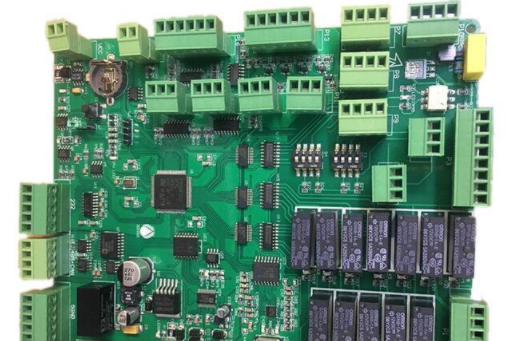Comparison of testing capabilities of various testing technologies for PCBA processing
AOI and AXI mainly perform visual inspections, such as bridging, misalignment, excessive solder joints, and small solder joints, but they cannot check the device itself and circuit performance. Among them, AXI can detect hidden solder joints of BGA and other devices, as well as invisible defects such as bubbles and voids in the solder joints.
ICT and flying probe tests focus on circuit function and component performance testing, such as solder joints, open circuits, short circuits, component failures, wrong materials, etc., but they cannot measure defects such as less tin and more tin. ICT test speed is fast, suitable for mass production occasions; while for high assembly density, small lead spacing and other occasions, flying probe testing is required.
The current PCB is very complicated when it has SMD on both sides. At the same time, the device packaging technology is also becoming more advanced, and the shape tends to be the size of the bare chip. These all pose challenges to the detection of PCBA board circuits. It is impossible for a board with more solder joints and devices to have no defect. The various detection methods introduced above have their own test characteristics and application occasions, but none of the test methods can completely detect all the defects in the circuit, so two or more detection methods are required.
SMT keyboard patch processing
1) AOI + ICT

The combination of AOI and ICT has become an effective tool for production process control. There are many benefits of using AOI, such as reducing the labor cost of visual inspection and ICT, avoiding ICT becoming a bottleneck for increasing production capacity, or even canceling ICT, and shortening the production cycle of new products.
2) AXI+ function test
Replacing ICT with AXI inspection can maintain a high functional test output rate and reduce the burden of fault diagnosis. It is worth noting that AXI can detect many structural defects that can be inspected by ICT, and AXI can also detect some defects that cannot be checked by ICT. At the same time, although AXI cannot detect electrical defects in components, these defects can be detected in functional tests. In short, this combination will not miss any defects in the manufacturing process. Generally speaking, the larger the board, the more complex, or the more difficult the exploration, the greater the economic return of AXI.
3) AXI + ICT
The combination of AXI and ICT technology is ideal, where one technology can compensate for the shortcomings of the other technology.
AXI mainly focuses on detecting the quality of solder joints. ICT can determine the direction and value of the components, but it cannot determine whether the solder joints are acceptable, especially the solder joints under the packaging of large surface mount components.
By using a dedicated AXI layered inspection system, the number of nodes required can be reduced by an average of 40%. The reduction of ICTS points reduces the complexity and cost of the fixture, and also gets fewer false alarms. The use of AXI also increased the first pass rate of the ICT department by 20%. Usually after SMA welding, the command rate cannot reach 100%, and some defects will appear more or less. Some defects are surface defects, which affect the surface appearance of the solder joints, and do not affect the function and life of the product. It can be based on the actual situation. Decide whether it needs to be repaired; but some defects, such as misalignment, bridging, etc., will seriously affect the function and life of the product. Such defects must be repaired or reworked.